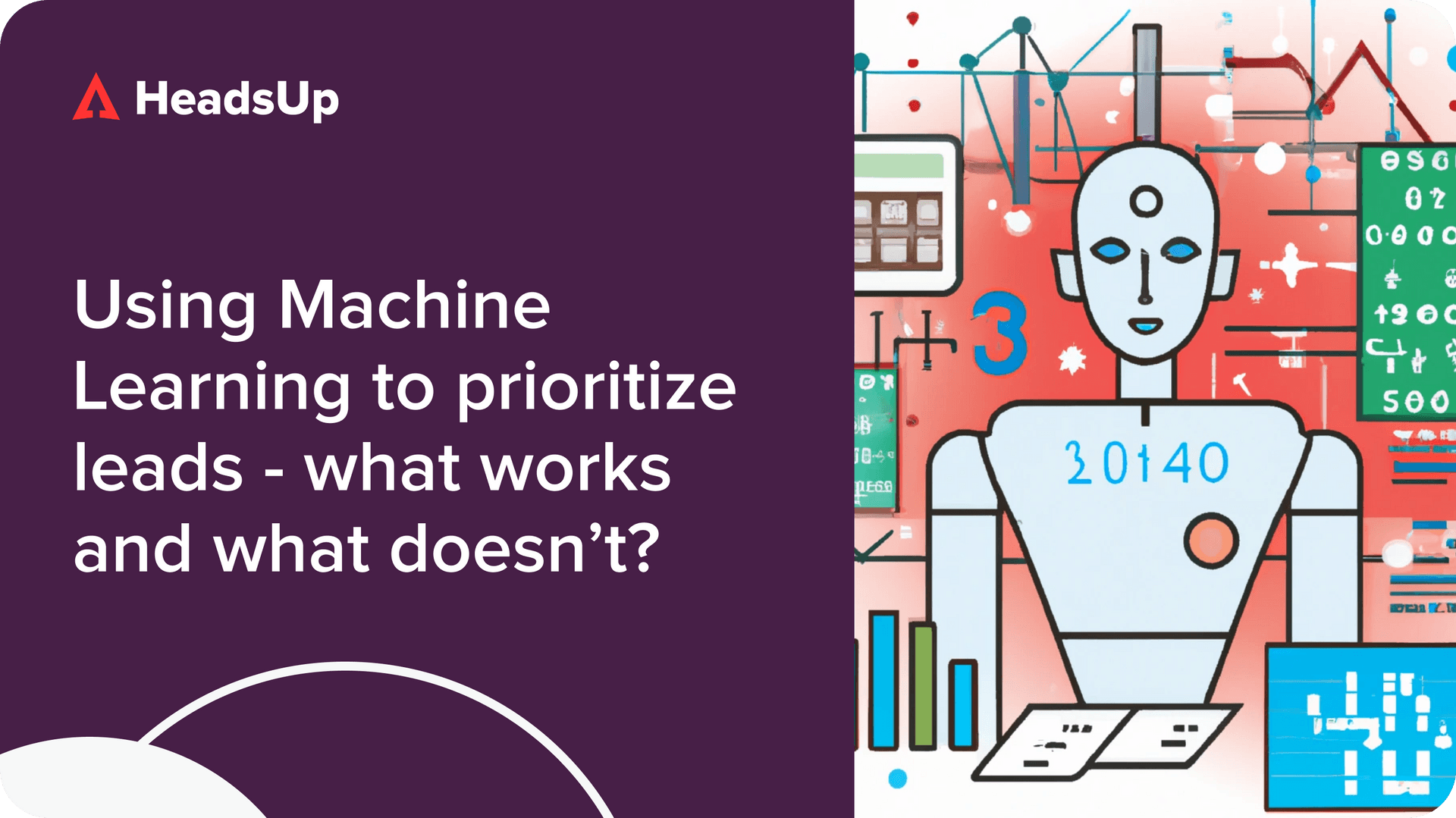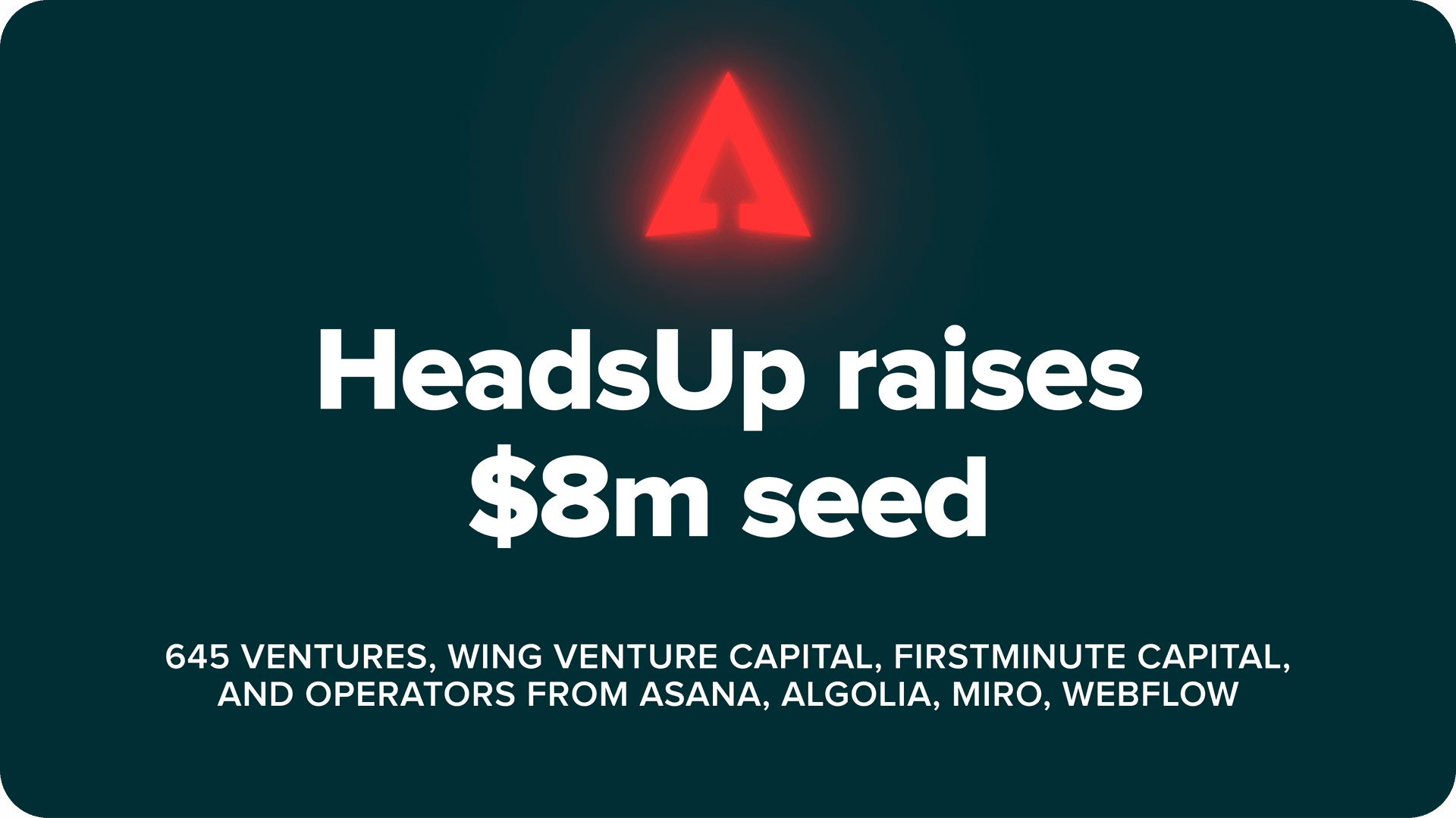HubSpot’s secret formula
Mark Roberge joined HubSpot when it was barely a twinkle in Dharmesh Shah and Brian Halligan’s eyes. He had a front row seat when the company tried, unsuccessfully at first, to kickstart a PLG motion.
(HubSpot 2 years after founding. Mark is at the bottom right!)
In our recent interview, Mark shared a formula he learned through all the trial and error:
Low time + Low effort + Retainable value = PLG success
What does he mean?
Low time
The time between activation and seeing value must be very short. Ideally, in less than 10 minutes. “The perfect example is Dropbox. You sign in, and boom, immediately your folders are synced.”
Hubspot’s original product was useful, but complicated. Without a seller, the user would log in and struggle to see value quickly. That’s why they decided to start a CRM as a separate PLG product, designed for self-service from day one.
Low effort
If the product takes too much work to get started, your users would struggle. Effort can come in many forms – your users might have to learn a new interface, or they might need to integrate with other tooling before they can use your product.
Here are a few examples of how companies reduced the effort for their users:
1. Segment’s product often needed the user to get permission from another team in their company, to plug into a data set or API. Segment created template emails to send to their colleagues, and showed it to the user at the exact moment they were needed. Smart.
2. While trying to replace Excel / Sheets, Rows makes its interface behave as similarly to the incumbents as possible, down to formulas.
3. Slack methodically reduced friction from its product onboarding. New users arrived at workspaces that were populated with a few channels, with the Slackbot messaging you so you get used to basic interactions.
Retainable value
“We had this awesome self-serve product that Dharmesh wrote originally called Website Grader, and website grader is low time and effort to value but not retainable value.” Mark recounted.
Website Grader was a free tool Hubspot released that assessed how websites for their performance, design, SEO, and security.
“We got like tens of millions of leads from it – everyone loved seeing how their website was doing. But no one ever came back. It was great lead generator, but wouldn’t have worked as a standalone product.”
Of course, most PLG products have better than retention than a 1-off tool. But it’s important to remember that because PLG is aimed at the end-user, retainable value is much more important than non-PLG software.
Here are a few ways companies can provide retainable value:
1. Increase entry points into your Product. Instead of just being an email automation webapp, Apollo.io comes with a Chrome extension, modifies your Linkedin interface, and has a lead enrichment tool built on top of its core product.
2. Figure out how what makes your best users so loyal. Early on, Airtable reached out to users that were inviting lots of collaborators, to make sure these users were successful. They then turned insights from these conversations into general resources for all users.
3. Nudge users towards increased usage. Consumer apps are great at this, it feels like B2B products could still learn from them. Duolingo’s streaks are a great example.
Do you agree with the formula? What is it missing? Drop me a note if you have any comments.

